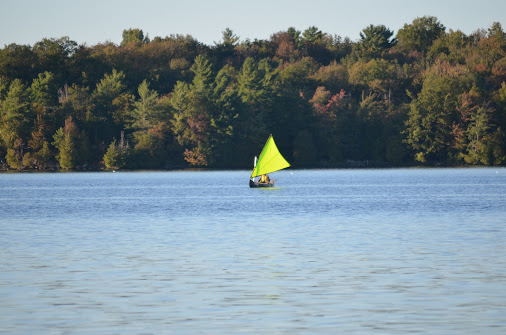About Sailrite
Having mentioned three books by Jim Grant of Sailrite, I guess I should say some things about the company itself.
Sailrite began as 'Sailrite Kits': Grant and his wife Connie were enthusiastic sailing racers in Chicago and then in California. They needed sails and Grant figured out how to make them--they then came in second in a race. That led to the creation of 'Sailrite Kits' in 1969. The company gradually expanded to offering sailing and sewing supplies and their own version of a Brother sewing machine. Their children grew up, worked in the company and it expanded again, with new products and a wider range. When Jim and Connie retired, their son Matt and his wife Hallie bought the company. They were business majors in college and applied that knowledge to running the business. Today, sail kits are just a part of what the company does. And canvas and sewing products of all sorts are well represented. While Jim Grant wrote books, Matt Grant and his brother Eric have turned to videos--good, tight, simple videos--to show how to use their products in a variety of fields--hundreds of videos with thousands of views.
They have their own line of sewing machines and supporting gear.
They have a stellar reputation for customer service.
Some think their prices are high. While they have competitors, there are none of comparable scale or depth or with similar reputations.
Simply put, you will probably discover that Sailrite is the elephant in a good many different rooms....we will encounter them again.














